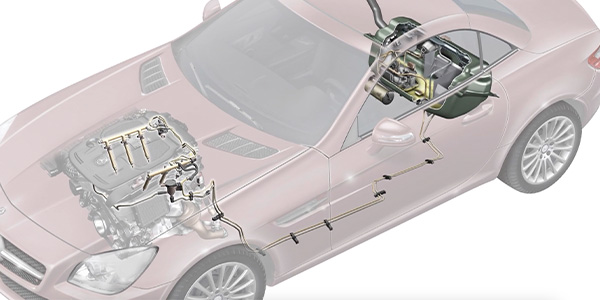Tenneco announced it is supplying key emission control technologies, including electrical valves, for the 2014 Chevrolet Corvette Stingray, one of the most highly anticipated vehicles debuting in 2013. Considered one of the key performance features of the car, the Corvette’s exhaust system delivers a unique signature sound.
Most notably, the Corvette’s standard exhaust system is the first vehicle to utilize Tenneco’s electrical valve technology for sound tuning. The electric valves are designed to work in concert with the vehicle’s Active Fuel Management (AFM) system, a fuel-saving four-cylinder mode versus eight-cylinder mode. The valves open and close to control the Corvette’s exhaust sound as it switches between the two engine modes.
In addition to the valves highlighted in the AFM system, the exhaust system features an option, which includes two additional electrical valves in the tailpipes, tuned specifically for enhanced sound quality. These valves remain closed during normal driving conditions and open during harder acceleration, creating lower backpressure, more engine power and most importantly, Corvette’s signature sound.
“The Corvette is one of America’s iconic automobiles, and Tenneco could not be more excited and pleased to partner with Chevrolet to provide a combination of performance attributes, including improved fuel economy, power and the vehicle’s signature sound,” said Tim Jackson, Tenneco’s chief technology officer. “Additionally, the program gives Tenneco an opportunity to demonstrate our advanced exhaust technology on one of the highest-performance vehicles available in the market.”
Tenneco is a global supplier to General Motors, providing both ride performance and clean air technologies for GM passenger cars and light and medium-duty trucks.
The company manufactures the electric valves at its Valencia, Spain, facility, while the other system components will be produced at its Seward, Neb., and Elkhart, Ind., facilities. Final assembly of the exhaust system takes place at Tenneco’s Smithville, Tenn., plant. Tenneco’s global emissions technical centers in Edenkoben, Germany, and Grass Lake, Mich., provided electric valve engineering and systems integration support.












